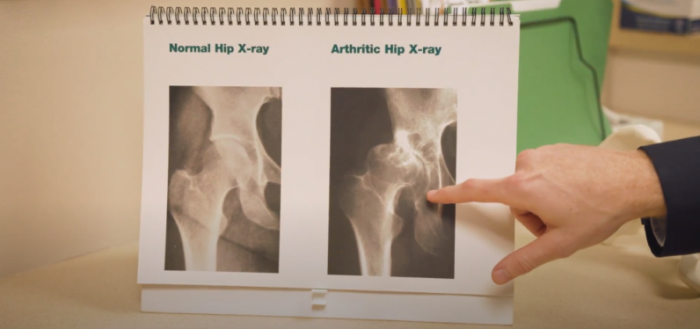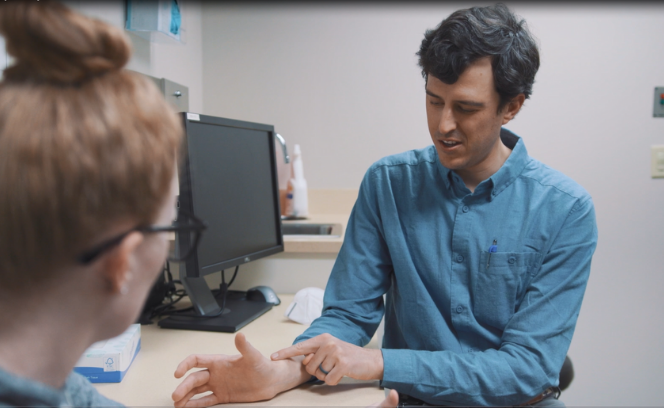
According to the CDC, smoking causes 480,000 deaths each year in the United States. Cigarette smoking is the leading preventable cause of death in the US and severely increases a person’s risk of smoking-related diseases. When we think about smoking and the ill effects it has on our health, cancer is the first and most obvious disease that typically comes to mind. While cancer is the most deadly disease caused by the habit, cigarette smoke harms every tissue in the human body and can have many negative effects on your overall musculoskeletal health.
Many of the detrimental musculoskeletal health conditions caused by smoking can be reversed and even avoided if smoking is decreased or stopped altogether. Here’s what the science has to say about the relationship between smoking and its effects on vital tissues in the human body:
Smokers are more likely to develop osteoporosis because bones are weakened from smoke. Elderly smokers are 30% to 40% more likely to break their hips than non-smokers and are more susceptible to fractures for these very reasons:
- Smoking reduces the blood supply to bones, as well as to many other body tissues.
- Nicotine in cigarettes slow the production of bone-forming cells (osteoblast) so that they make less bone.
- Calcium that should be naturally absorbed from your diet is no longer absorbed efficiently in smokers. Calcium is necessary for bone mineralization, and with less bone mineral, smokers develop fragile bones.
- Smoking can affect the speed at which estrogen is broken down in the body. Estrogen is important to build and maintain a strong skeleton in women and men.
Smoking also puts your musculoskeletal system at risk of other injuries and diseases such as:
- Rotator cuff (shoulder) tears. In smokers, they are nearly twice as large as those in nonsmokers, which is probably related to the quality of these tendons in smokers.
- Overuse injuries, such as bursitis or tendonitis.
- Traumatic injuries, such as sprains or fractures.
- Higher risk of low back pain and rheumatoid arthritis.
- Damaging effect on fracture and wound healing:
- Fractures take longer to heal in smokers because of the harmful effects of nicotine on the production of bone-forming cells.
- Smokers also have a higher rate of complications after surgery than nonsmokers, such as poor wound healing and infection — and outcomes are less satisfactory. This is related to the decrease in blood supply to the tissues.
- Damaging effect on athletic performance:
- Because smoking slows lung growth and impairs lung function, there is less oxygen available for muscles used in sports. Smokers suffer from shortness of breath almost three times more often than nonsmokers. Smokers cannot run or walk as fast or as far as nonsmokers.
- Malnutrition due to the nicotine’s effect on the brain signaling you to eat less. A body that is not getting adequate nutrition is at greater risk for fractures.
Quitting smoking not only adds 7 to 10 years to your general life expectancy, it will help you avoid the serious negative effects smoking can have on your bones and joints so that your quality of life improves, and the activities you enjoy doing can be enjoyed for years to come.





